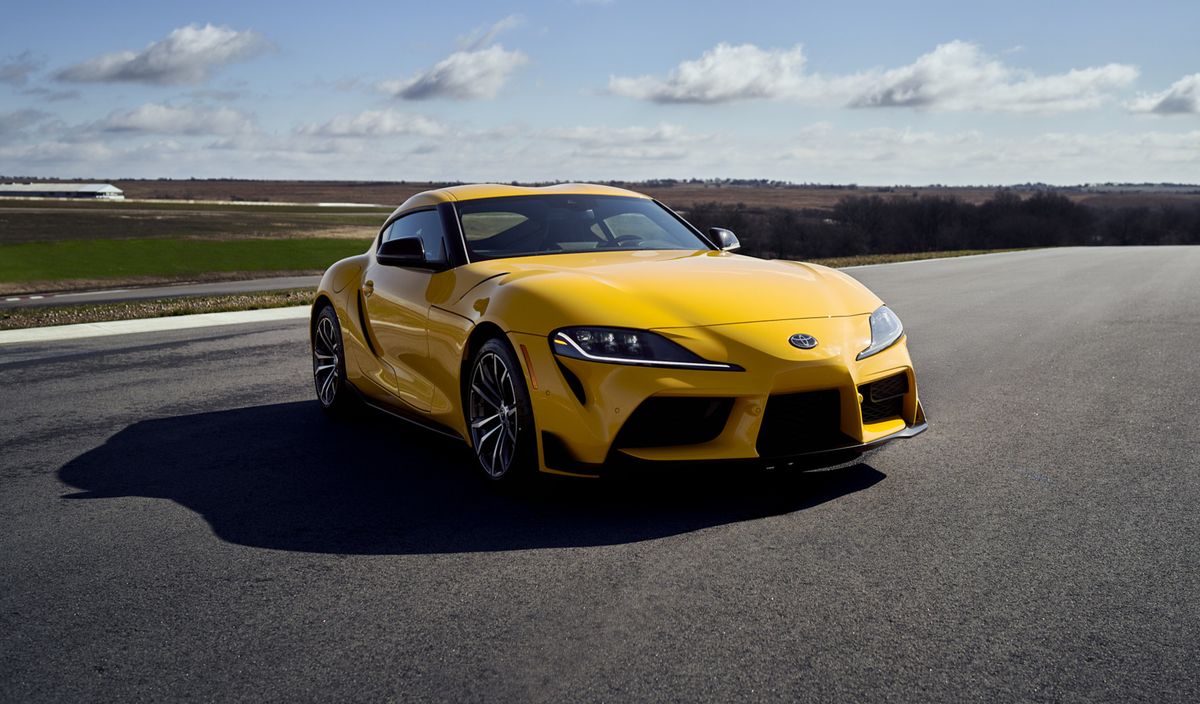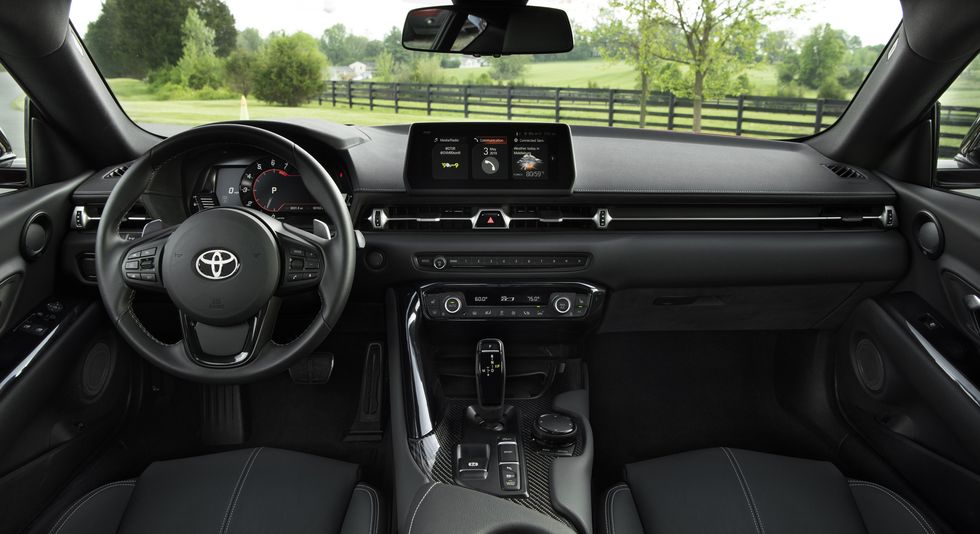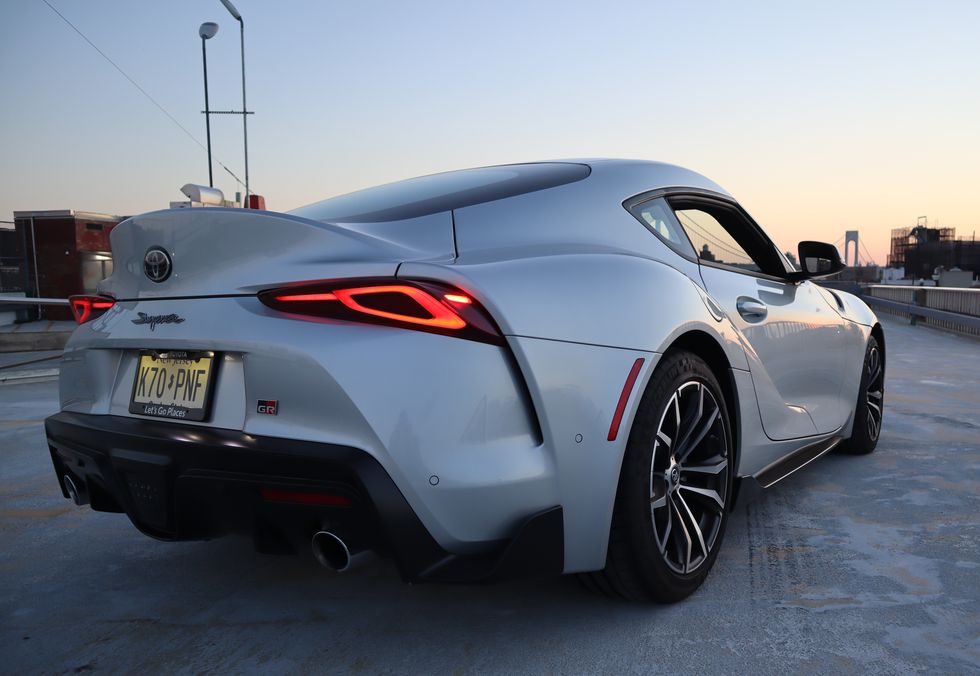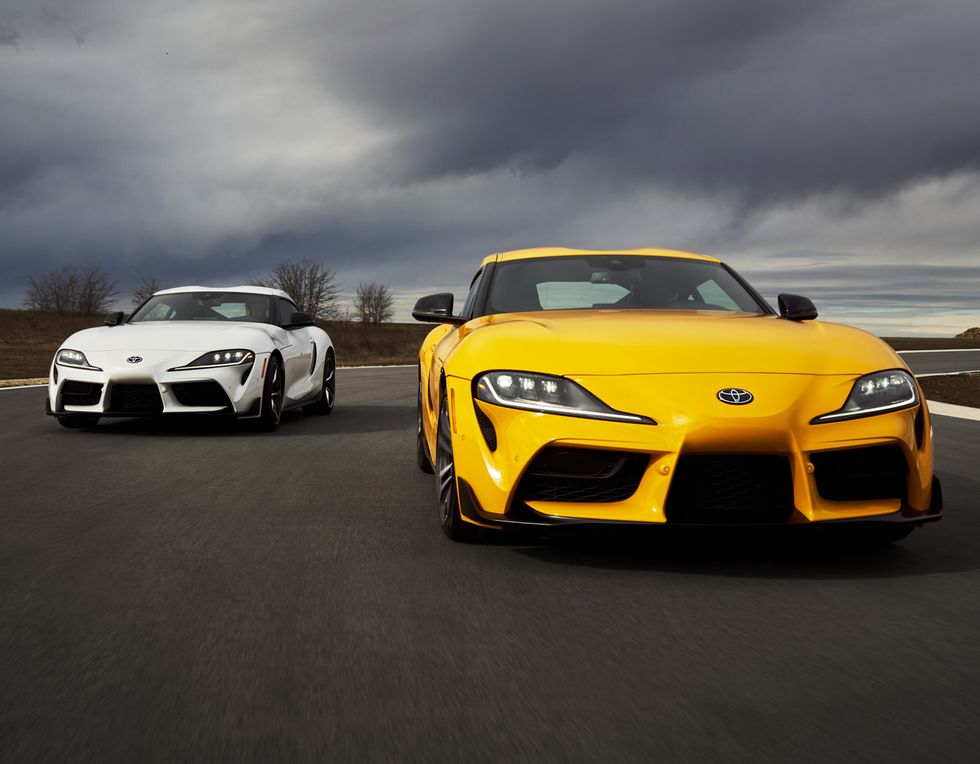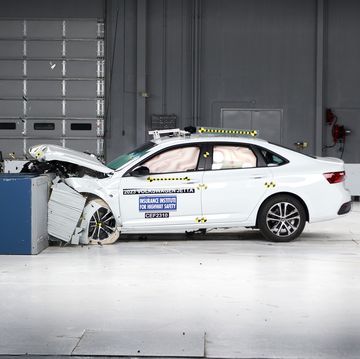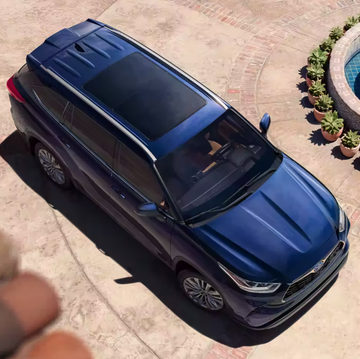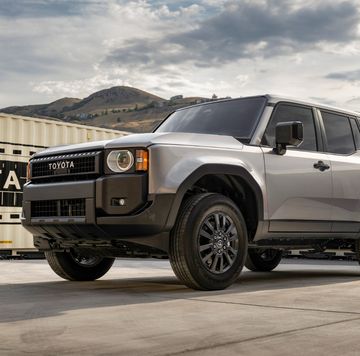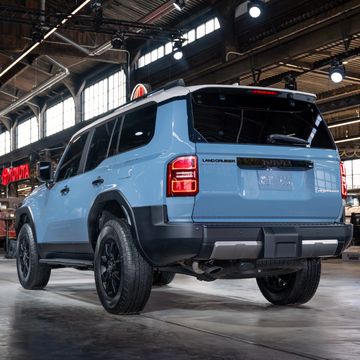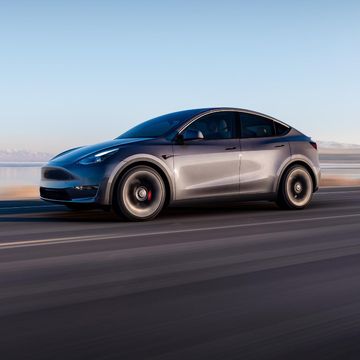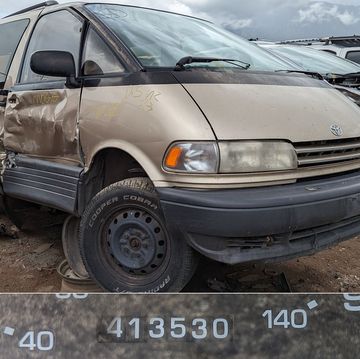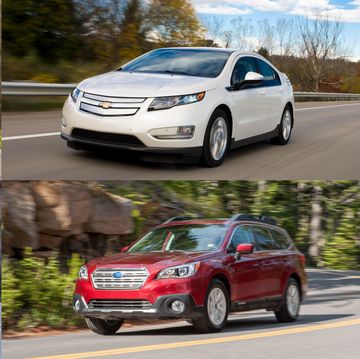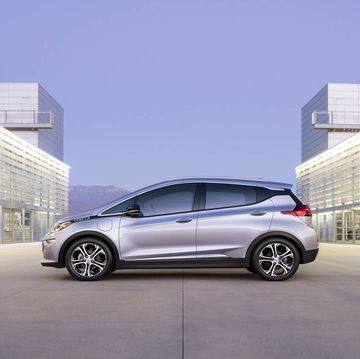When Toyota announced the resurgence of the Supra nameplate, JDM fanatics could barely contain their excitement. After years of presuming these JDM legends—the Mazda RX-7, Nissan GT-R, and, of course, the Supra—were mostly dead, the likes of 1990s Japanese performance icons were officially resurrected.
Initial concepts and spy photos showed a silhouette that matched the original curvy coupe styling, as well as the front-engine, rear-wheel-drive design. And Toyota, with some unexpected help from BMW, did in fact deliver an homage to its past in the form of a turbocharged sports coupe.
Since then, the BMW parts bin model has lost some of its panache after a critical initial response. It didn’t come out quite right, at least in the eyes of a crowd who hoped for a big-turbo performance beast, like the heavily modified one they saw on a YouTube street racing video from 2009.
With a 2.0-liter four-cylinder base model and the flagship 3.0 inline-six, Supra owners received either 255 hp or 382 hp from the factory, making for a mediocre horsepower-to-dollar ratio. And only a few thousand have sold each year, with 4952 US units sold in 2022.
The Toyota GR Supra has faced lukewarm reviews since its first drive, and especially once the new Nissan Z was launched. It’s been accused of being too loose and eager to slide and kick its rear end over bumps—a bug of the car’s multi-link rear suspension design and damping that we found to be true on an evening run through Harriman State Park.
The 8-speed ZF automatic transmission has been labeled as a fun inhibitor, taking away from the analog manual driving experience and not replicating the lightning-quick shift speeds found on modern performance dual-clutch transmissions. This too was noticeable during my week-long test with a four-cylinder Supra, as the gear selection felt jumpy and arbitrary at low speeds and a bit laggy at a full clip.
Other complaints levied against the model include its somewhat complicated BMW-derived infotainment setup, cramped cabin, and poor visibility. The ride is harsh and I had to crane my neck to see about half of the poorly placed NYC traffic signals. Even at a mere 5-foot-8, my head rested close to the slanted roof.
Are enthusiast buyers likely to complain about that sort of stuff? Probably not—it is a sports car after all—but that doesn’t absolve Toyota of its responsibility to get it right. Compared to cars like the modern-day Ford Mustang GT or Porsche Cayman, the $54,095 six-cylinder Supra 3.0 feels like a compromise on either end of the spectrum.
For $39,720, you could get a classic American muscle car with a 450-hp, 5.0-liter American-made V8. Or you could pay a premium for the $64,850 Porsche Cayman and receive one of the sharpest handling, track-ready cars on the market.
And this is exactly why I think the four-cylinder Supra 2.0 makes the case for itself in price, performance, and nostalgia. At $44,040, make no mistake, the Supra 2.0 is still a pretty penny, especially at a time when loans are pricey and dealer markups are everywhere. But cars priced at $44,000 and $55,000 sit in different classes of affordability. You buy what you can afford.
These customers specifically want a Supra and likely are not cross-shopping a BMW M240i, Toyota’s own GR86, or a hot-hatch, or even a Mustang. To many buyers, it’s a slice of JDM history in a modern, performance-oriented package.
It’s also the perfect car for those wanting a bit of everything from the performance world, without the best of anything. Stab the throttle, in Sport mode preferably, and the 2.0-liter turbocharged I4 will rush 255 hp and 295 lb-ft of torque to the rear wheels, transporting you and a passenger quickly and undramatically up to speed. Compared to a turbocharged 2.0-liter four from generations past, it’s shockingly quick and uber-responsive.
The engine isn’t a feat of sonic perfection, but the forced induction system makes all the right whooshing and spooling noises. The twin-tip exhaust even burbles and crackles from the factory.
Bringing it back to reality takes a light push on the extremely sensitive brake pedal, forcing the single-piston aluminum floating front calipers to do it time and time again with only a slight fade. Not only that, the Supra looks the part too, with bodacious curves and an aggressive front end.
For better or worse, a majority of these Supras will probably spend their life doing just that: highway pulls and brake stomps to avoid a state trooper’s wrath. But those venturing into the mountains, or canyons for winding roads will still enjoy themselves plenty. The combination of a loose rear end and an exceedingly quick 15:1 steering ratio means the Supra is downright twitchy.
From the perspective of a driving enthusiast, however, the nervous attitude and four-cylinder power delivery can make for good track habits thanks to the extra effort needed to drive truly fast.
This not only keeps drivers on their toes and learning the limits of the 255/40 front and 275/40 rear tires and short wheelbase chassis but makes it feel like you’re really working behind the wheel. And, yes, if you shut off all the electronic nannies, it’ll slide to your heart’s content. Beware though, it’s still nose heavy, so remember that you only have so much steering lock.
Toyota may have jumped the gun on the Supra, presenting it to us half-baked with an automatic transmission and (underwhelming on paper) four-cylinder power, but that doesn’t make it an unworthy car.
In fact, the Supra 2.0 is a prime example of why cars of its class—the in-between versions—should exist.
It remains playful and iconic even if it’s not perfect, and it might just be the only performance car someone with $45,000 really wants (or can afford).
And now you can get one with a manual.
What performance coupe would you spend $45,000 on? Share your choice in the comments below.
A New York transplant hailing from the Pacific Northwest, Emmet White has a passion for anything that goes: cars, bicycles, planes, and motorcycles. After learning to ride at 17, Emmet worked in the motorcycle industry before joining Autoweek in 2022. The woes of alternate side parking have kept his fleet moderate, with a 2014 Volkswagen Jetta GLI and a 2003 Honda Nighthawk 750 street parked in his South Brooklyn community.
